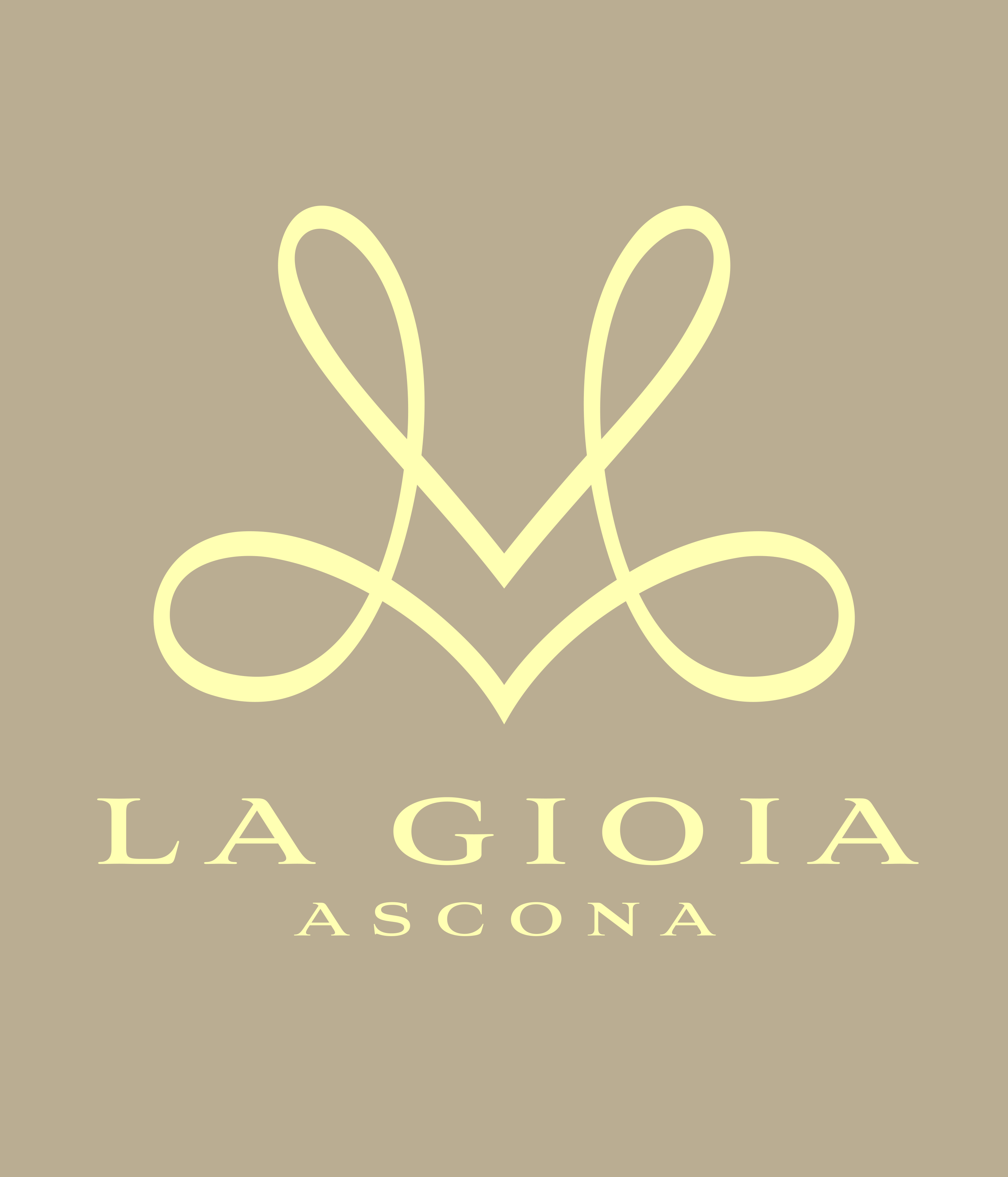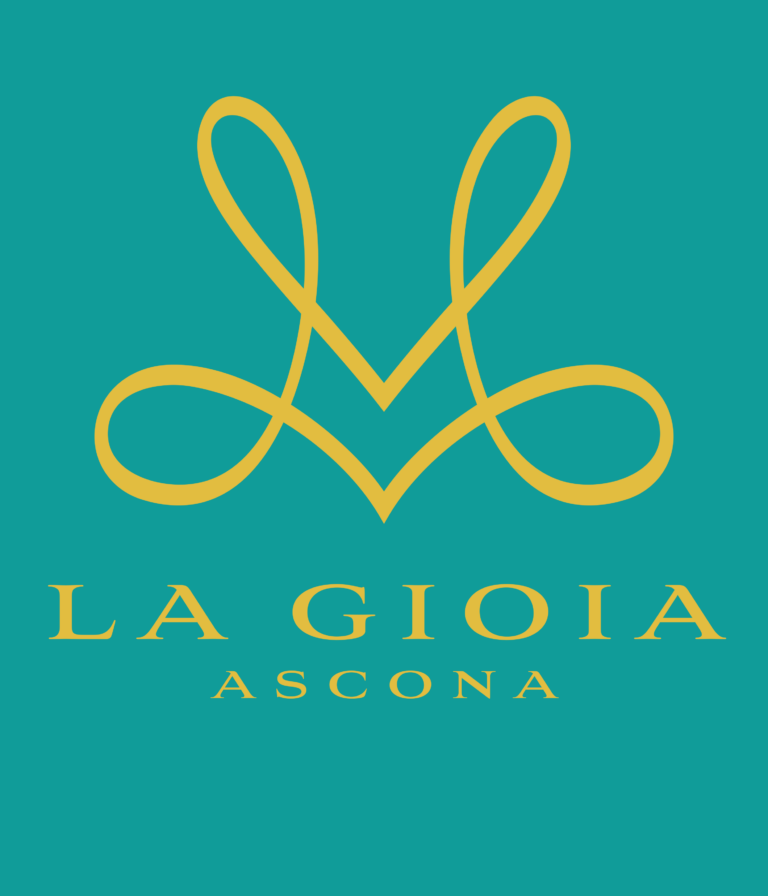LA GIOIA ASCONA ARTHOUSE ARTISTS
Jan Dostál
ARTHOUSE ARTIST JAN DOSTÁL
The special thing about Jan Dostál is:
He can scale his stainless steel sculptures from a few kilograms to several tons.
His unique style is always very light and dynamic.
Elegance combined with dynamics are expressive elements that the artist Jan Dostál literally incorporates into his sculptures. That is why the resulting feeling of his work seems very light, even if some works weigh several dozen tons.
The characteristic material of his works is clearly steel, i.e. tubes and sheets of various lengths, which he cuts, twists and deforms in every conceivable way. Typical of his works is the stainless steel in which the world around him is reflected. More rarely you can find colored variants of white or yellow metal.
Elegance combined with dynamics are expressive elements that the artist Jan Dostál literally incorporates into his sculptures. That is why the resulting feeling of his work seems very light, even if some works weigh several dozen tons.
The characteristic material of his works is clearly steel, i.e. tubes and sheets of various lengths, which he cuts, twists and deforms in every conceivable way. Typical of his works is the stainless steel in which the world around him is reflected. More rarely you can find colored variants of white or yellow metal.
The most common scale the artist works with is the large format – the work transcends our perceptual limits, and one cannot and should not grasp it in its entirety. The statue is spatially designed so that you can find yourself under it. At this moment, the surrounding world recedes a bit into the background – reality ceases to exist and space for self-discovery emerges.
The dynamism that appears in all his works is found in the playful use of the different thicknesses of the individual tubes. Changing the diameter creates a fluid movement, and the whole work begins to live.
Jan Dostál, a native of Olomouc, creates mostly abstract works inspired by sacred geometry, the universe, fantastic animals and various organisms in the role of symbiont
are inspired. The sketches of the sculptures are either drawn in pencil on paper or digitally modeled on the computer.
The demanding installation, combined with the heavy, difficult to handle material, often can not be done without the help of heavy machinery. The trade-off is that it is virtually impossible to damage or otherwise destroy the work. The direct interaction of the viewer with the sculpture through touch is a necessary and desired factor for the author.
Recently, the artist has also begun to discover a smaller format that opens up new possibilities. You have an overview of the work and can look at it from different angles. In newly created works he often works with light or movement – rotation.
– Kateřina Fucsiková
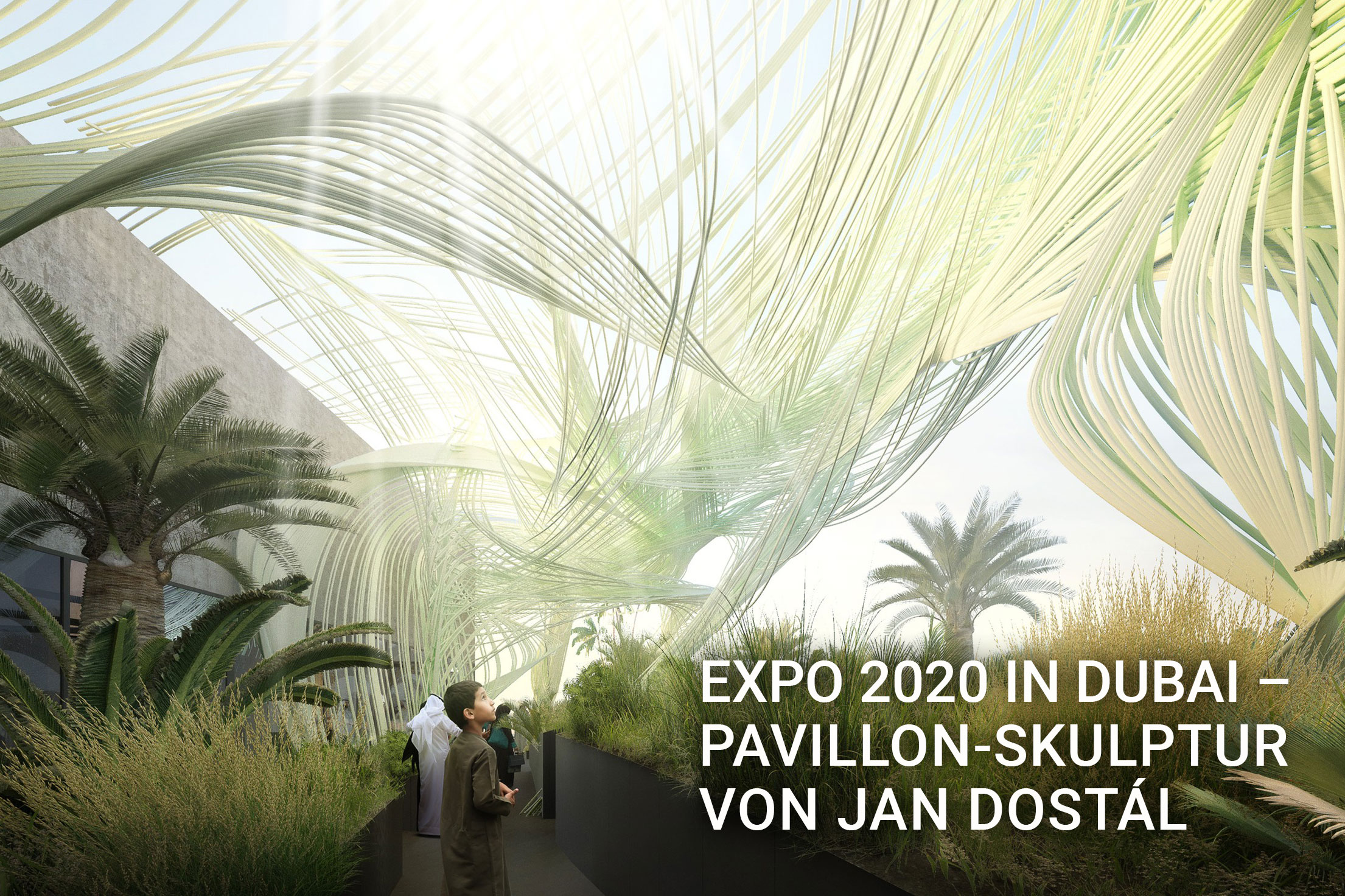
JAN DOSTÁL
International recognition
His extraordinary works have already attracted international attention. At EXPO 2020/2021 in Dubai, his artwork “Cloud (Mrak)”, which enveloped the entire Czech pavilion, was omnipresent. The organizers of the renowned NordArt in Germany have invited him several times to present his sculptures both indoors and outdoors.
Now La Gioia Ascona Arthouse offers art lovers the exclusive opportunity to view and purchase Jan Dostál’s great sculptures in Switzerland.
JAN DOSTÁL
What makes Dostál so unique?
Dostál, who is only thirty years old, creates his fantastic sculptures in spacious workshops. Usually the creative process of the studied artist begins with a sketch serving as a basis. He then uses stainless steel and other metals to make his works a reality. With his own bending, grinding and machine tools, with presses, punches and a wide variety of other tools, he can create metal sculptures even in unusually large dimensions. Dostál’s working method is characterized by intuition and creativity as well as 10 years of experience in working with iron and stainless steel. To bring his visions to life, Jan Dostál likes to experiment with new technologies and processes. His holistic approach allows his works to connect with each location in a unique way.
Jan Dostál has also come to the attention of the Catholic Church, which has commissioned him to carry out work on and in churches in the Czech Republic. His style is very diverse: dynamics and elegance mix with massive and archaic sculptures. What makes Jan Dostál special is the fact that he creates his sculptures by himself from the idea to the finished realization. In Europe, there are no artists with comparable works who produce everything independently from a single source. Jan Dostál carries out the process of creation in its entirety.
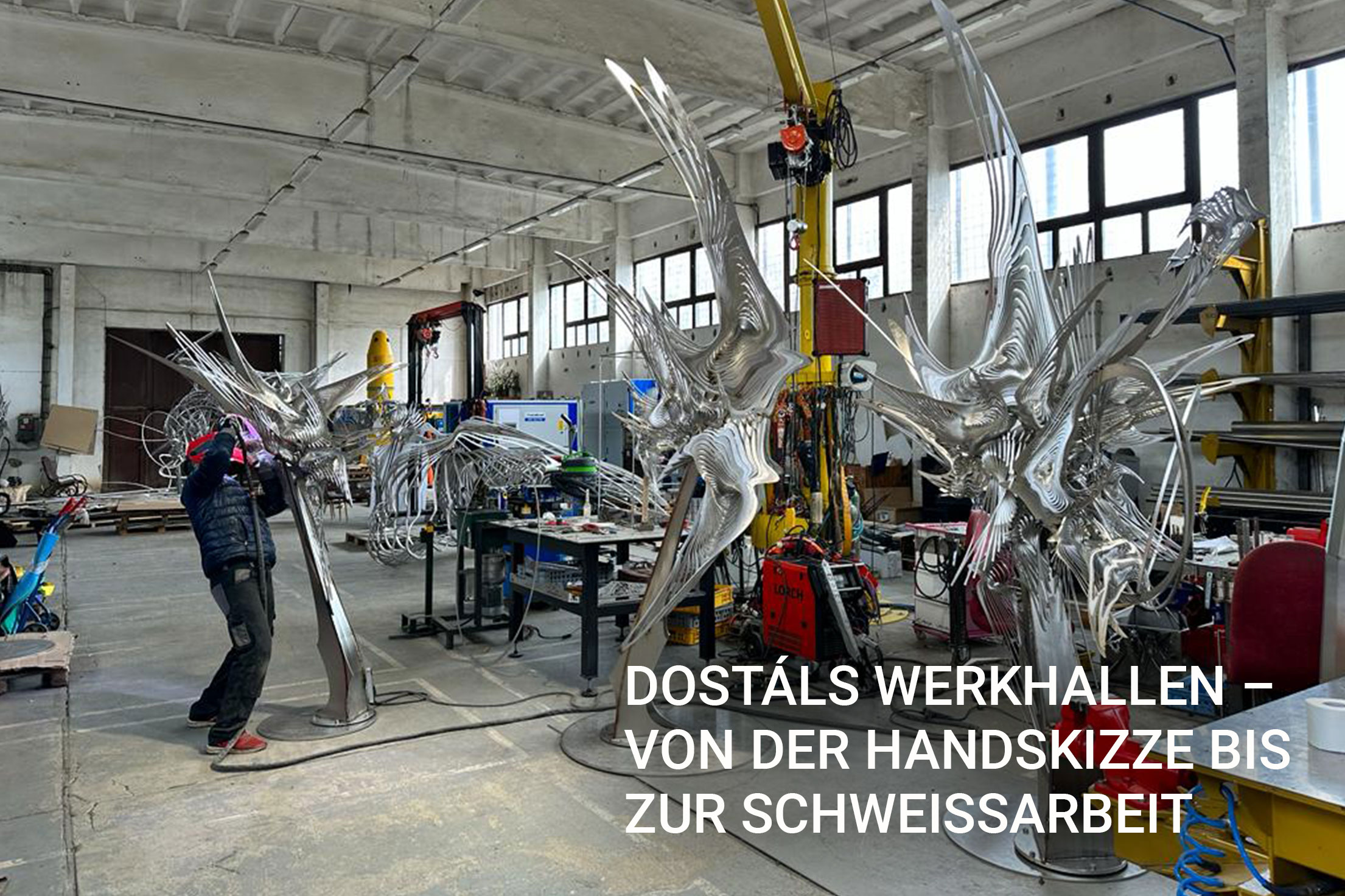
JAN DOSTÁL
Showroom
Contact us for more design options, your desired format and pricing information.
-
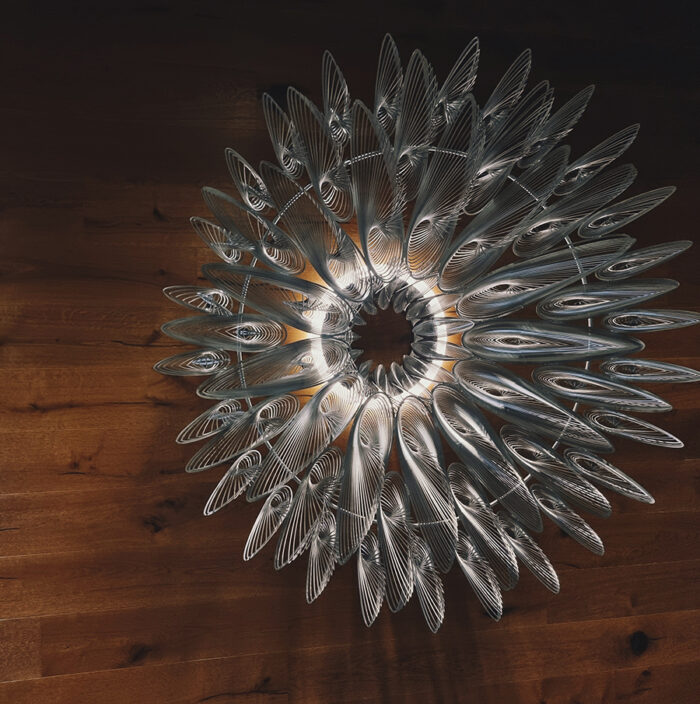
Flower mandala
25'800,00 CHFincl. VAT
zzgl. Versandkosten
Add to cart -
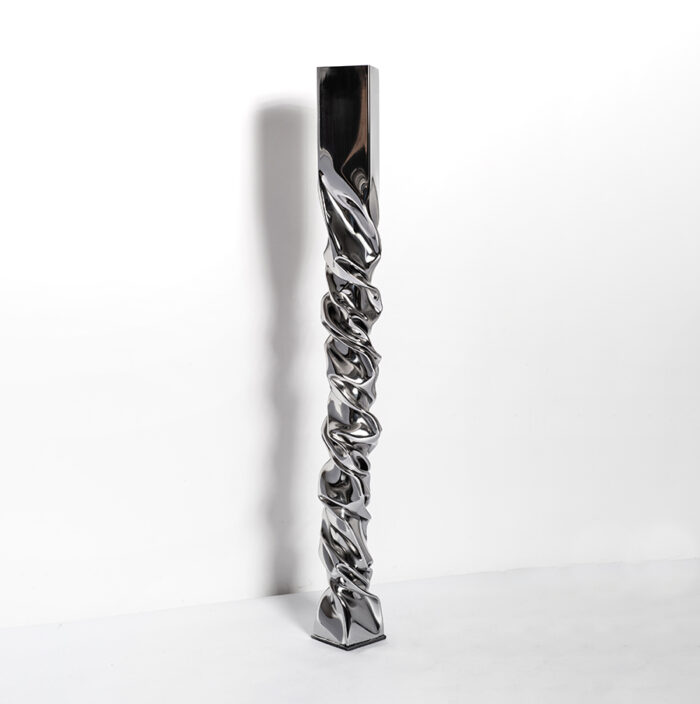
Stella IV
15'000,00 CHFincl. VAT
zzgl. Versandkosten
Add to cart -
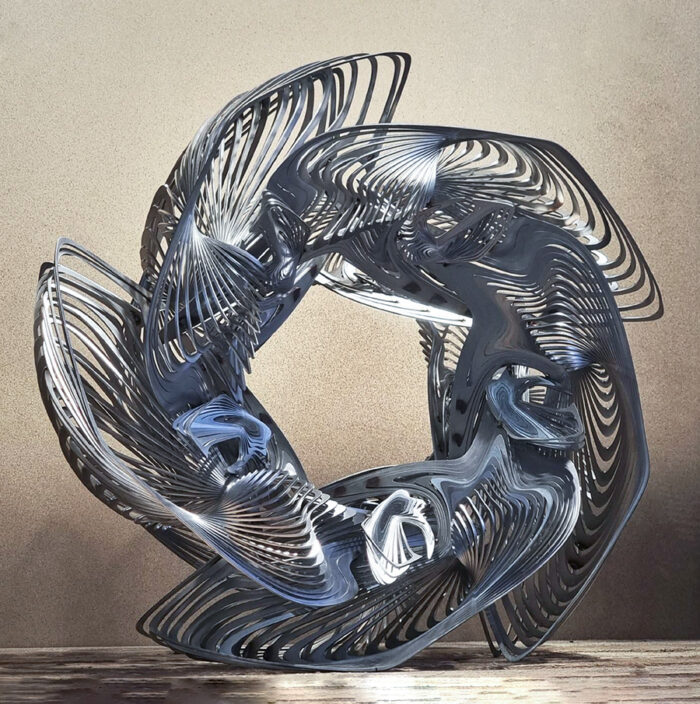
Dimensional torus
12'920,00 CHFincl. VAT
zzgl. Versandkosten
Add to cart -
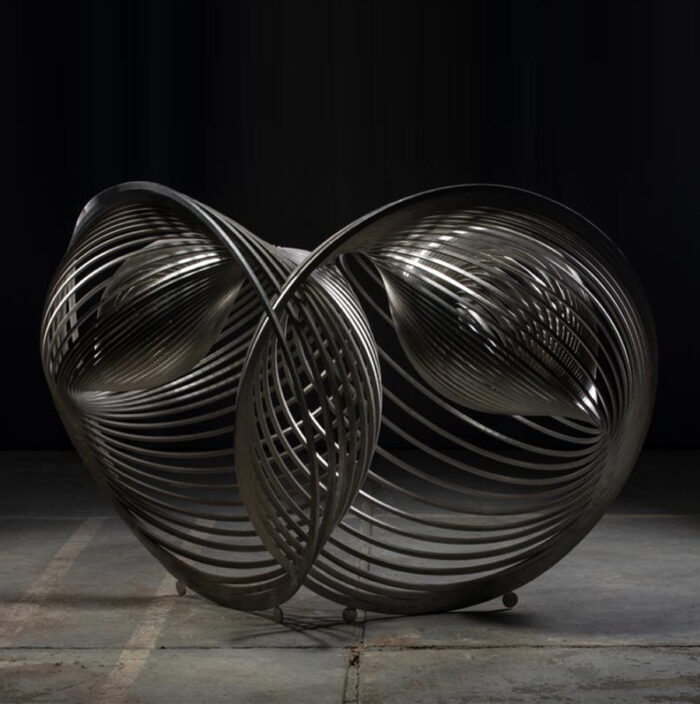
Connection
28'000,00 CHFincl. VAT
zzgl. Versandkosten
Add to cart -
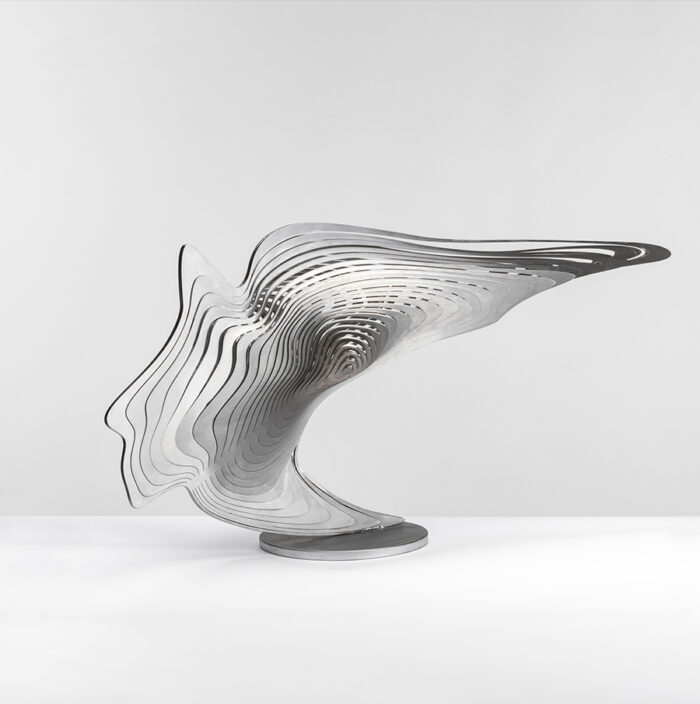
Rhino horn
6'460,00 CHFincl. VAT
zzgl. Versandkosten
Add to cart -
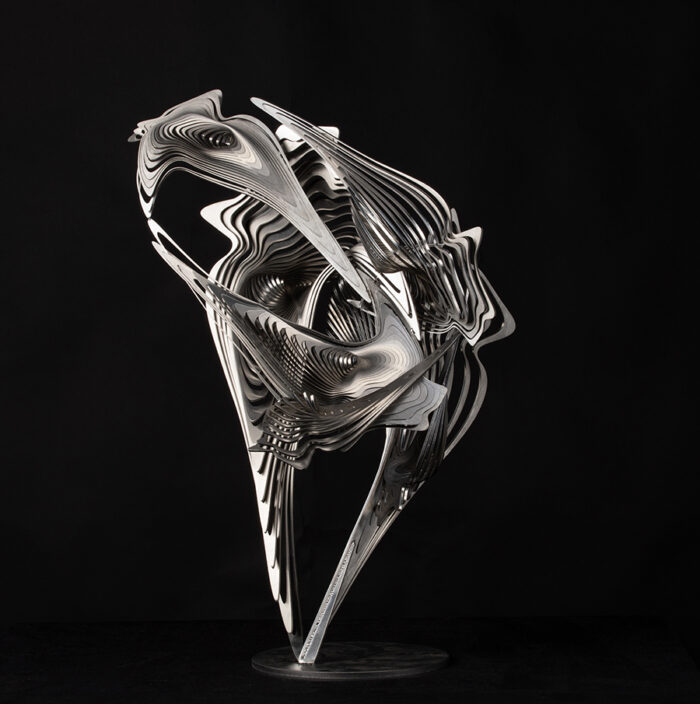
Wing XI
8'620,00 CHFincl. VAT
zzgl. Versandkosten
Add to cart -
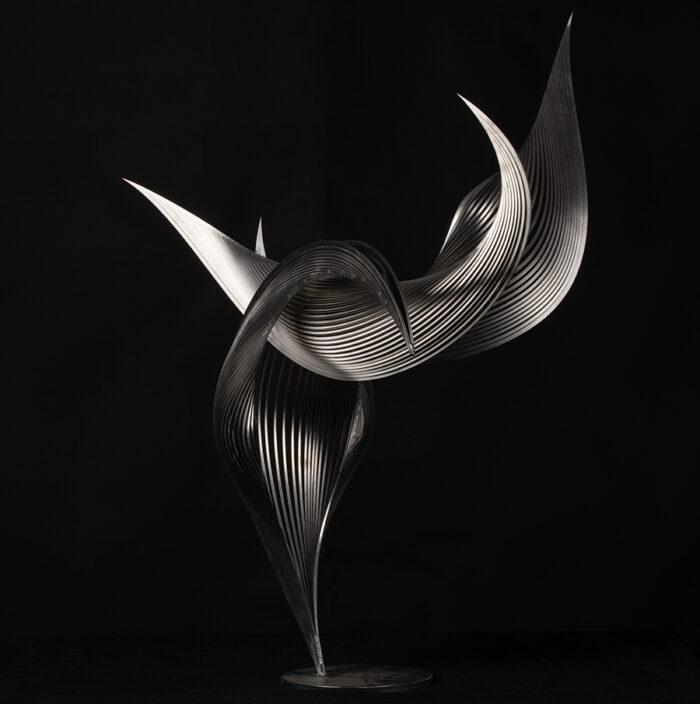
Heron
30'160,00 CHFincl. VAT
zzgl. Versandkosten
Add to cart -
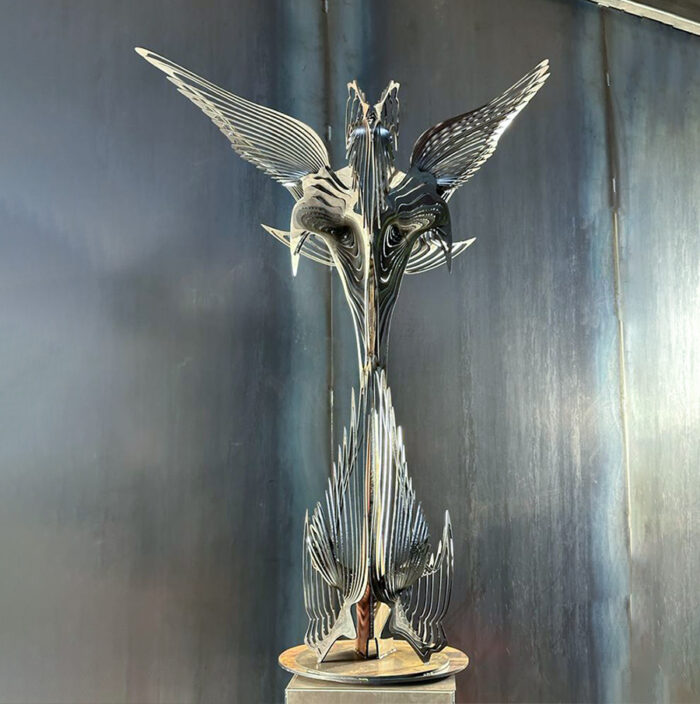
Winter angel
15'000,00 CHFincl. VAT
zzgl. Versandkosten
Add to cart
There is no beauty in itself. Beauty arises only in the friction of contrasts, which are melted in the confrontation to form a composition.
The studio as a place for smelting or forging – for Sazarin, it is chiefly a workshop where work is done. And, in his opinion, the real artist is characterised by diligence. As far as Sazarin is concerned, skill is a key component of ability, and luck plays its part in success, but hard work is the real foundation.
In his late work he has found a simplicity which at the same time allows an emancipated interplay of colours. The simplest thing, which has nothing in common with the naïve, is shown above all in the generosity of white surfaces and the all the more concentrated culmination of colour events. By “emancipated”, Sazarin understands above all allowing any colour at all once it has found its direct placement. Work such as “No” or “Silent” display an almost Asian character, which has more in common with Chinese ink painting or Japanese Zen drawings than with European painting.
Just as the silence of his studio in Hamburg city centre is music to the artist’s ears, so too the “white silence” music behind colour explosions such as “Wave I” or “Chinese Landscape”.
The characteristic thread running through Sazarin’s work is what he likes to call “unwillingness”, because only in overcoming the “painter’s ego” (analogous to Gottfried Benn’s lyrical ego) does he manage to achieve artistic freedom. What originally happened as a creative accident was later “worked up” into an aesthetic concept. While Sazarin was finishing off a drawing in 1978, he accidentally upset his coffee pot over the picture, producing an image with totally new structures. “That’s when I learned for the first time to really see: I was bowled over looking at the scenic structures which were both blurred and clear at the same time, and which I had no intention of making.
The picture was not only improved, it was one of my early fortunate failures.” Sazarin then began to gradually incorporate and control this random element in his work. As well as being his most important assistant, chance also supplied advice, impulse and vision.
Some of the most important influences on Sazarin’s aesthetic understanding comes from Japanese Zen philosophy and the Taoism of Lao-Tse. Sazarin sees thought and speech simply as an intellectual tool and support. The image is as free as the music and has already smothered the head before it gathers words. Sazarin has always been fascinated by the suddenness of the moment (the impression) that a picture can evoke in the viewer. Such suddenness (impact) paired with an impulsive force in the vernacular is characteristic of almost all his pictures. Sazarin’s style of painting happens in the moment, without any before or after. In this creative moment, the canvas responds itself as it is shaken, sprayed, dispersed, painted, or glued… and in many other ways.
Sazarin’s work includes paintings, drawings, etchings, rust and material works. Coming from figurative drawing, Sazarin freed himself over the years more and more “from the recognisable figurativeness” and became increasingly abstract. In many of his works, landscapes, bodies, and portraits are only hinted at, because the artist is not interested in directly reproducing something that has been recognised, but in “turning solutions into riddles”. The preference to create spaces and symmetries from surfaces allows his pictures to be turned through 360 degrees. The picture is not compromised in any way through rotation. On the contrary: the viewer’s gaze gains new perspectives and explores unfamiliar landscapes, so that a picture can contain several other motifs and layers. This “polyperspectivity” is one of the main features of Sazarin’s art.
